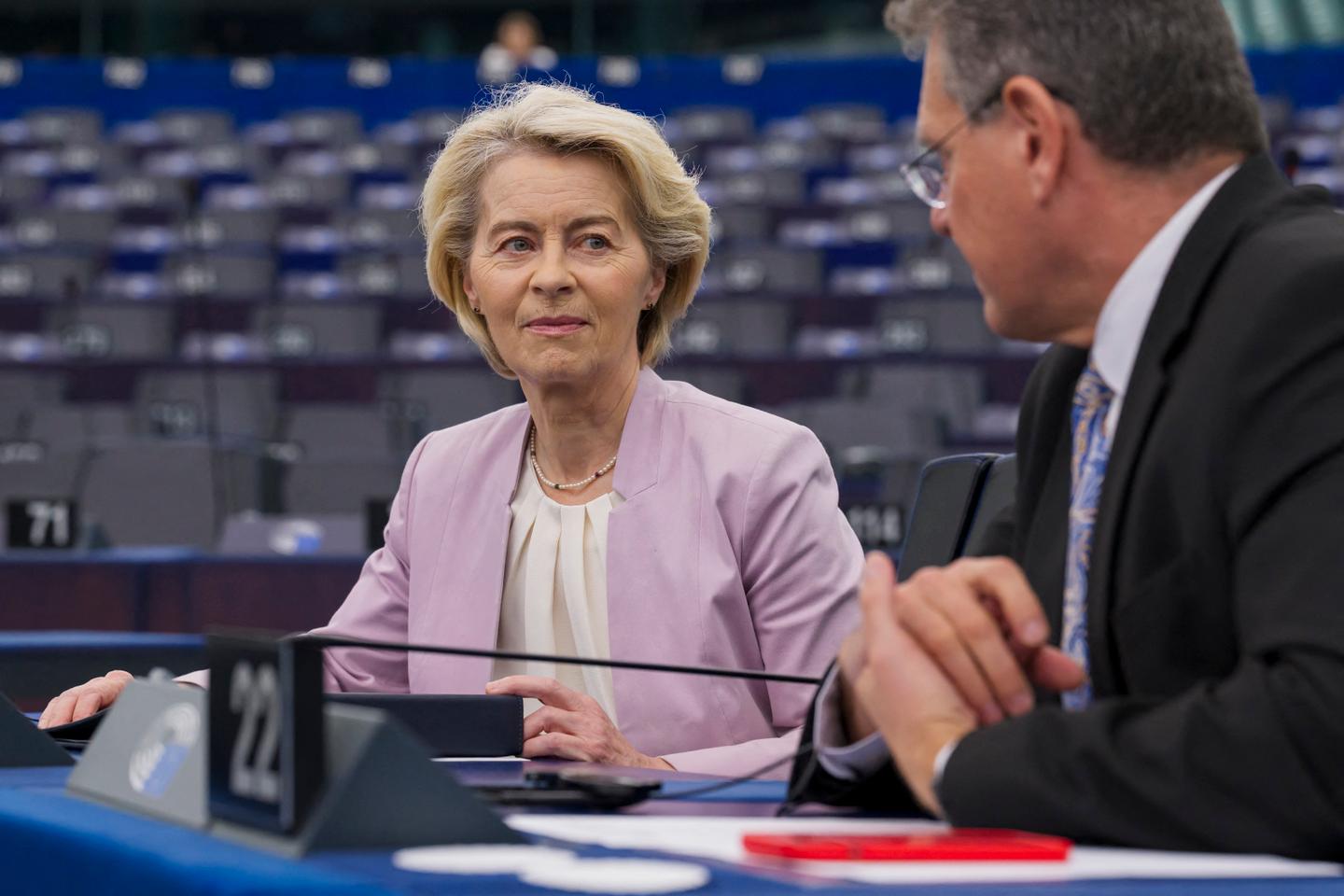


Although Ursula von der Leyen is in Asia, scheduled to attend a summit of European Union and Chinese leaders on Thursday, July 24, her attention is undoubtedly focused on the United States. The EU's relations with Beijing are far from smooth. On the contrary, there have been several points of friction between the two. Yet with one week remaining before August 1, the date on which United States President Donald Trump threatens to impose 30% tariffs on European imports if no agreement is reached between Washington and Brussels, von der Leyen, the president of the European Commission, fears a trade war that would be disastrous for Europe.
Since he returned to the White House, Trump has already increased tariffs to 25% on cars, 50% on steel and aluminum and 10% on a wide range of products. He has also warned that he might target pharmaceuticals or semiconductors. Leaders on the European side, however, have so far chosen to tread carefully to avoid dangerous escalation, and no retaliatory measures have been implemented yet.
The EU Commission, which sets the bloc's trade policy, and the US administration have been in negotiations for weeks, without any success to show for it. The EU commissioner for trade, Maros Sefcovic, has already traveled across the Atlantic seven times. He has spoken with US Secretary of Commerce Howard Lutnick; US Trade Representative Jamieson Greer; and Trump's economic adviser, Kevin Hassett, almost every day.
Exceptions on the table
Nevertheless, on July 23, an agreement seemed achievable, even if it was far from being finalized, and the unpredictable President Trump, who would have the final say on it in Washington, had yet to make a decision. That day, von der Leyen's chief of staff, Bjoern Seibert, presented an outline that could serve as a basis for an agreement to 27 EU member states' ambassadors, to gauge whether the member states would be willing to follow along with it.
He explained to the diplomats that the terms would be as follows: all European goods, including pharmaceuticals, semiconductors, cars and steel, would be subject to 15% tariffs (up from the current average of 4.5%), which would, more or less, represent confirming the status quo. Exceptions would be made for the aerospace sector and for spirits. "We still need to review, sector by sector, what this would mean," cautioned a European diplomat.
You have 64.78% of this article left to read. The rest is for subscribers only.
